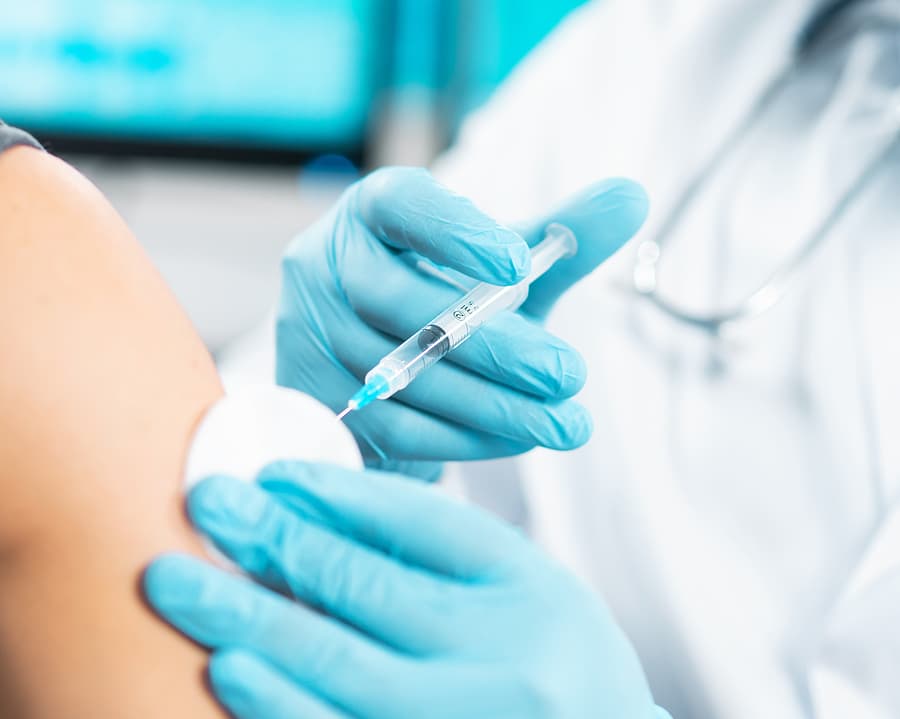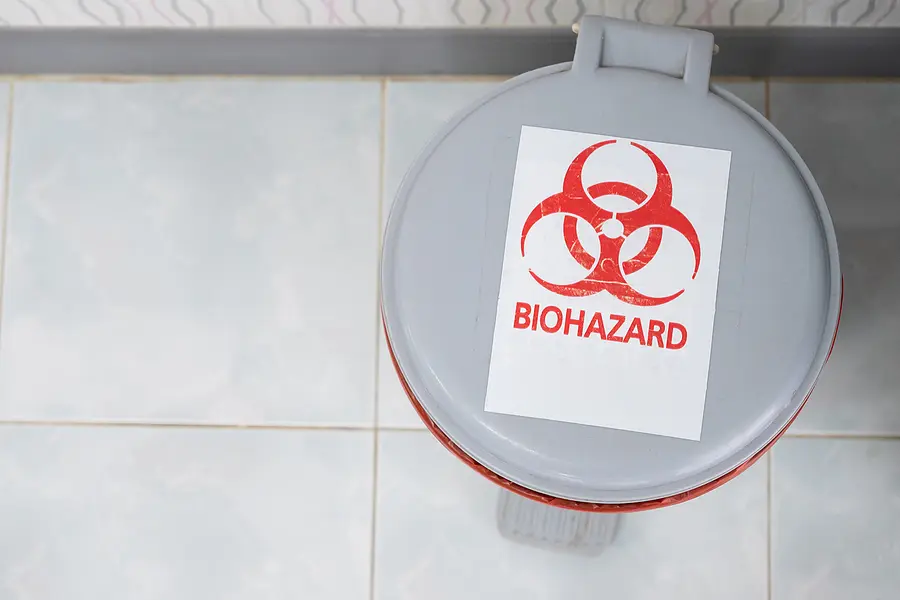Medical Waste Safety Information to Know

Some medical waste can be bland, some can be gross, and some can be downright dangerous to health. Knowing the safety risks when it comes to medical waste is incredibly important, both for your health and in determining the proper way to dispose of it.
Medical waste comes in four broad categories. These categories are sharps, radioactive waste, infectious and hazardous waste, and general medical waste. In this blog, we’ll dive into each of these categories and the specific safety risks each has.
Types of Safety Risks
Sharps

Sharps are without a doubt some of the most dangerous waste healthcare settings create. In the United States, there are hundreds of thousands of needlesticks and sharp-related injuries a year. The main dangers of sharps come from contaminated needlestick injuries, which can cause Hepatitis B, Hepatitis C, or HIV infections.
As a result, anyone coming into contact with sharps should know the institution’s compliance plan. They should also be aware of where to locate the sharps disposal containers, so they can ensure that they dispose of used sharps properly and promptly.
Radioactive Waste
Radioactive waste typically comes from nuclear medicine, radiation oncology, and PET. While most radioactive waste produced in healthcare or laboratory settings decays quickly, it can still cause serious health issues if not handled and disposed of properly. Proper medical waste safety procedures are important to prevent any contact that could cause radiation poisoning.
Disposing of radioactive waste starts with ensuring that you place it in clearly marked containers. If it’s a radioactive sharp, it will need to go into a separate container for radioactive sharps. The waste should be placed in a room with proper radiation sealing, and only authorized personnel should have access.
Most radioactive waste is stored until it is no longer a danger and then disposed of. However, some radioactive waste, particularly Cobalt-70, requires a different procedure, as its decay process takes too long for delay and decay to be a realistic option.
Infectious and Hazardous Waste

Infectious and hazardous medical waste is the most common type of medical waste, making up between 15-25% of total healthcare waste. A variety of waste makes up this category, but broadly speaking, infectious and hazardous waste is any waste that comes into contact with infectious diseases, blood, or bodily fluids.
The main safety risk involved with hazardous and infectious waste is disease transmission. There are several ways a disease or virus can enter the body, which makes proper handling and disposal of this waste just as important as sharps or radioactive waste.
Once you’re ready to dispose of infectious and hazardous waste, you should place it in a properly marked waste bin. The majority of this waste will be autoclaved, but some will be incinerated.
General Medical Waste
Outside of paper cuts, general medical waste doesn’t pose any serious health risks. You should dispose of recyclable and compostable material properly for environmental reasons, but it’s no more dangerous than any standard office or household waste.
Medical Waste Pros Can Help
No matter the type of medical waste you’re looking to dispose of safely, Medical Waste Pros can help. You can give us a call at (888) 755-6370, or fill out the form to learn more. We can connect you to local providers with affordable rates in minutes.










